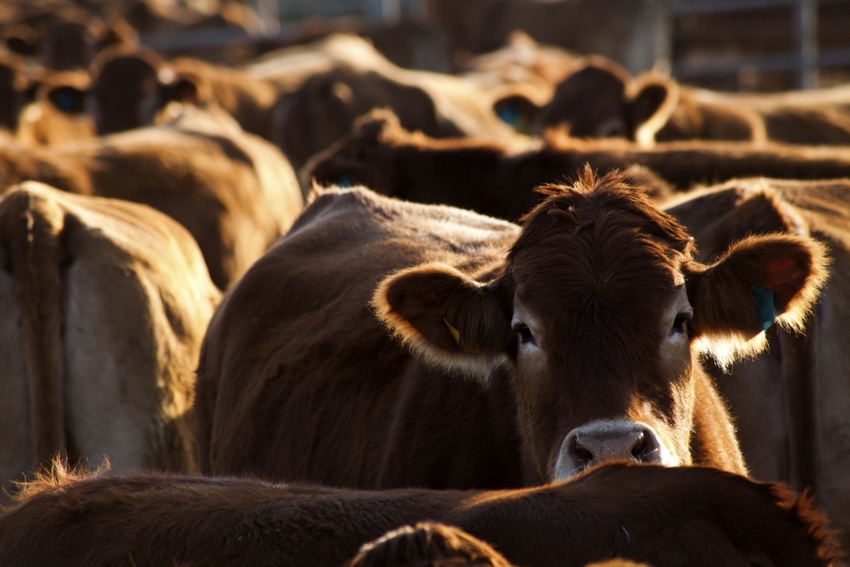Stronger placements seemed to be primarily in areas experiencing drought stress.

The U.S. Department of Agriculture released the latest “Cattle on Feed” report this week, showing the inventory of feedlots with capacity of 1,000 or more head totaled 12.0 million head on January 1, 2021, a slight increase from the same period last year.
According to USDA, the inventory included 7.40 million steers and steer calves, up slightly from the previous year. This group accounted for 62% of the total inventory. Heifers and heifer calves accounted for 4.57 million head, down slightly from 2020.
Placements in feedlots during December totaled 1.84 million head, 1% higher than 2019. Placements were the second highest for January since the series began in 1996, USDA noted.
Net placements were 1.78 million head. During December, placements of cattle and calves weighing less than 600 pounds were 460,000 head, 600-699 pounds were 435,000 head, 700-799 pounds were 425,000 head, 800-899 pounds were 317,000 head, 900-999 pounds were 110,000 head, and 1,000 pounds and greater were 95,000 head.
The Livestock Marketing Information Center said stronger placements seemed to be primarily in areas experiencing drought stress. Colorado saw a large percentage increase, with states California, Arizona, Idaho, Kansas and Nebraska also seeing higher placements.
Marketings of fed cattle during December totaled 1.85 million head, 1% above 2019 and the second highest for January since the series began in 1996.
“Overall, the dryness in the West likely played a role in moving animals on feed,” LMIC explained. “Hay supplies are tighter and the whole feed complex has moved up significantly.”
LMIC has feedlots breakevens for cattle placed in December around $109 in the Southern Plains. There have been opportunities to lock in profits, but LMIC said January placements may look different.
Feed costs have escalated significantly since December, but boxed beef cutout values recently rose due to better demand, helping to support cattle prices.
“If these prices hold, they will offset the higher feed costs, and help stabilize cattle feeding margins.”
About the Author(s)
You May Also Like





